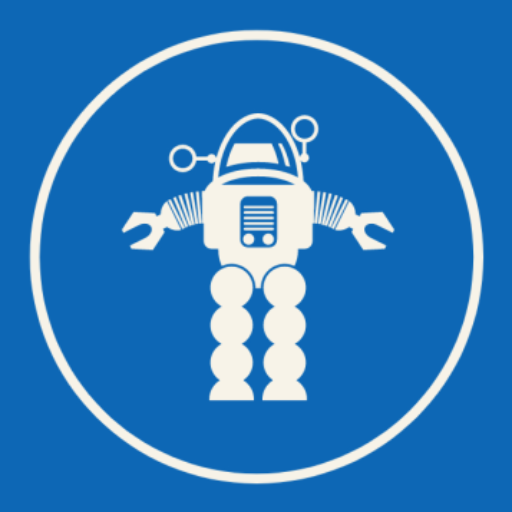Latest from MIT : Synthetic imagery sets new bar in AI training efficiency
Data is the new soil, and in this fertile new ground, MIT researchers are planting more than just pixels. By using synthetic images to train machine learning models, a team of scientists recently surpassed results obtained from traditional “real-image” training methods. At the core of the approach is a system called StableRep, which doesn’t just…
